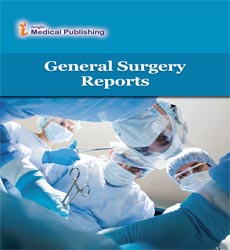A novel instant 3-dimensional printing system for postoperative fracture patients: a comparative cohort study
Abstract
Traditional plaster (TP) is a widely used auxiliary fixation (AF) approach for postoperative fracture patients. However, patient discomfort and inconvenience to clinicians has limited its application. We introduce a novel instant 3-dimensional printing appliance system (3D-AS) to address such issues. Twenty-seven postoperative fracture patients were divided randomly between a TP group and a 3D-AS group, and analyzed retrospectively. Radiographic images during follow-up were evaluated for fracture healing and fracture reduction quality. The range of motion (ROM) was recorded to assess motor performance. Patient pain was assessed using the Visual Analogue Scale (VAS). Complications were also compared between the 2 groups. The patients comprised 17 men and 10 women with ages ranging from 21 to 69 years (mean age: 47.35). All patients completed a follow-up visit (range: 14–19 months, mean: 13.59 months). Although no significant difference was found between general characteristics (P>0.05) and the time of fracture union (P>0.05), significant differences between groups were seen in complications (P<0.05), VAS (P<0.01), patient satisfaction (P<0.05), and ROM for the upper joints (P<0.05).
Open Access Journals
- Aquaculture & Veterinary Science
- Chemistry & Chemical Sciences
- Clinical Sciences
- Engineering
- General Science
- Genetics & Molecular Biology
- Health Care & Nursing
- Immunology & Microbiology
- Materials Science
- Mathematics & Physics
- Medical Sciences
- Neurology & Psychiatry
- Oncology & Cancer Science
- Pharmaceutical Sciences
